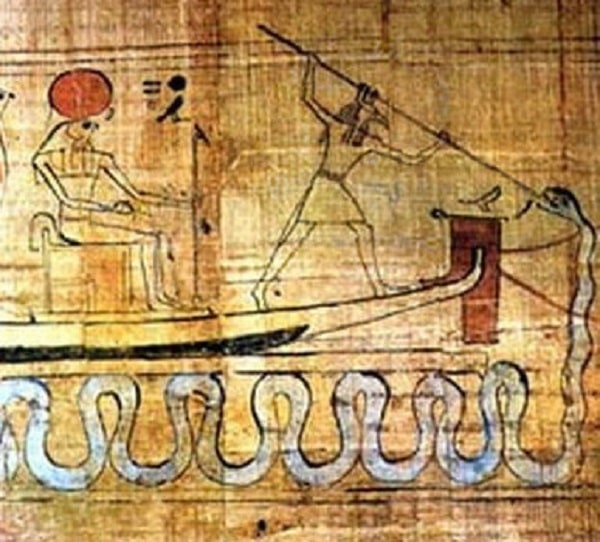The mythology of dragons can be found all over the world. It exists in vastly different cultures widely separated by both time and distance, thousands of years and thousands of miles across continents and oceans. They tend to share a common theme of a dangerous beast that poses a deadly peril, until a bigger than life figure shows up to slay it and save the day. Below are thirty things about that and other items of historic mythology.

ADVERTISEMENT - CONTINUE READING BELOW
The Mythology of Dragons is Common Across Cultures Separated by Time and Distance
Thanks to Game of Thrones and spinoffs, dragons have experienced a recent cultural revival and their popularity has gone through the roof. Dragons and dragon-like huge serpents appear in the mythology of many cultures around the world. Norse mythology has the beast from Beowulf; Albanians have wyverns and pythons; the French have the Grand’Goule; the Hebrew Bible has the Leviathan; the ancient Greeks had the Hydra; Hindus have the Vritra; and the ancient Egyptians and Mesopotamians had Apophis and mushussu, respectively. Some common threads link the mythology of dragon-like creatures in such varied cultures.

ADVERTISEMENT - CONTINUE READING BELOW
Dragon stories from around the world and throughout history generally revolve around the theme of a hero and monster – an archetype that symbolizes the eternal war between light and darkness, good and evil. The tales depict a reptilian creature, often big, that menaces and imperils people. It might fly and breathe fire, or slither around and spew poison. Eventually, after a nice buildup that heightens the drama and narrative tension, a bigger than life hero or a god makes an entrance, challenges the beast, slays it, and sets things right. So, what are the origins of the mythology of those awesome beasts?

